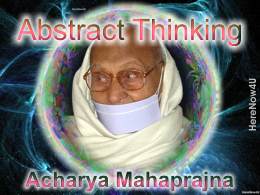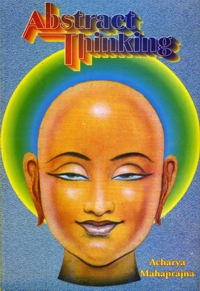
The first fruit of a glimpse of the self is - discretion. It forms the preliminary groundwork for the awakening of consciousness and the consummation of discretion is - indifference, which forms the second foundation for the awakening of consciousness. Indifference means 'upeksha' the Hindi word, 'upeksha' has two connotations:
- not to pay attention,
- to see from near, to have a close look at something.
Only he, who is indifferent, is free to look closely, from near. One, who is partial, is incapable of such close perception. His view will be conditioned by attachment to what he likes and by malice to what he does not like. He who- is prejudiced in favour or against, cannot see objectively, closely: he sees from far. He cannot rightly comprehend the object of his like, or the object of his dislike.
The other meaning of the word 'upeksha' is-not to pay any attention, to ignore. He who attains indifference, encounters both, and moves forward. The fruit of indifference is equanimity.
Discretion leads to objective perception: objective perception leads to indifference: indifference leads to equanimity.
The only way of weakening the past conditioning is the evolution of the spectator-stance. The man who has developed his capacity to witness things from the stand-point of a spectator, may be said to have escaped from the clutches of the past. He, who has not developed such a witness-stand, continues to be tormented by the spectre of the past. When such a man sits down for meditation, all kinds of desires rise to the fore. The man is demoralised. He says to himself "It is beyond me. I can't meditate. I sit down for meditation to ensure peace is destroyed; the mind grows so restless!' Such a man gives up meditation in despair, without the development of the spectator- witness-stance, the situation will remain unchanged through the practice of preksa meditation, the spectator-witness-stance is developed. Through continued practice, it is well-established. Such a state of consciousness comes into being that whatever happens is witnessed without any reaction. The sadhak should only perceive: he should not react. With the development of the spectator's approach, all reactions are left far behind.
 Acharya Mahaprajna
Acharya Mahaprajna

